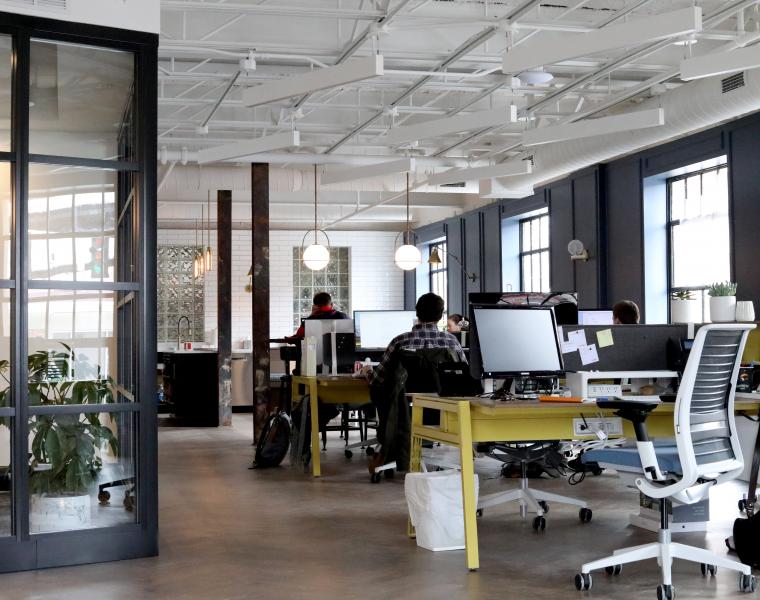The last 2 years the concept of a Human Capital Agenda for the LTH sector has been debated. Since the summer of 2021 it has become a bigger topic in many discussions on the future of the sector. Not in the least because one of the Covid-19 effects has been a massive outflow of staff and limited or no influx leading to labour shortages.
The Human Capital Agenda happens to be much more than just personell provision. It deals with the issue from multiple perspectives. Labour Agreements, Skill and Competency Development, Life Long Learning, Wages, Careers, Image, Flexibility to name a few. This makes for quite some ambiguity in the debate.
Another issue is that the label Human Capital Agenda is used on an aggregate and sector level. Aggregate because it suggest that the sector and its different subsectors have the same or similar problems. This is very much not true. At the moment they all show staffing problems but the underlying structural reasons are different on almost every aspect. Furthermore the sector level approach obscures the fact that the labour market is not one big (sub)market for the (sub)sector. The real arena where the labour market is playing out is on a regional level. The region than identified as a destination with inhabitants and visitors.
The regions are relevant for another reason. Referring to the 2030 ambitions of the LTH sector we need to grow from 18/19 M visitors pre-covid to 30 M visitors in 2030. To deal with these numbers we have to develop the LTH sector on a regional level. In doing so we can distribute the many visitors over the Netherlands. Just growing the existing hot spots, envisaging their current problems with over-crowding, is not going to be the solution.
Therefore the regional level is where we should focus to play, where we should develop our Human Capital Agenda. The level in which the LTH sector is part of the future overall economic activities in the region is defining the problems and the topics on the agenda. In the region we have so-called REA-s, (Regional Economic Action Plan). This plan is 4 to 5 years forward looking and steering. This will structure the bigger economic policies required to achieve the defined goals. In a region that is e.g. dominated by manufacturing or logistic activity, the regional labour demand will absorp much of what is available on the supply side. In the region all employers are competing for the same labour force. There is only so much that can be covered by the existing supply without encouraging employees to travel between regions.
Labour supply is largely defined by demographic and socio-economic elements. Demographic because there is a limited number of people in specific age groups, with the right skill set or education available. Socio-economic because there are specific developments that influence choices e.g. with regards to part-time work, educational choices, vocational or otherwise, willingness to travel for work etc.
To make matters even more complex, since Covid-19 we have rediscovered the value of the public sector. There is broad political support for investing and rebuilding health care and education. This means that we will want to cater for these needs with the highest priority. Furthermore we have great ambitions with our climate adaptation and energy transition. They also will absorb massive numbers of the available workforce. That leaves limited numbers available for regular/other economic activities. From these the LTH sector might be relatively small in the regions at this moment.






